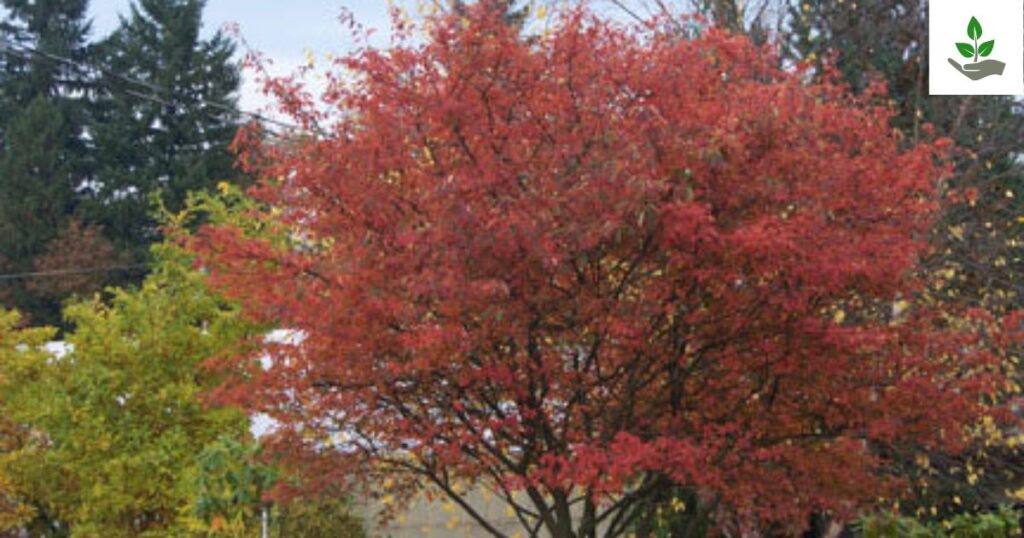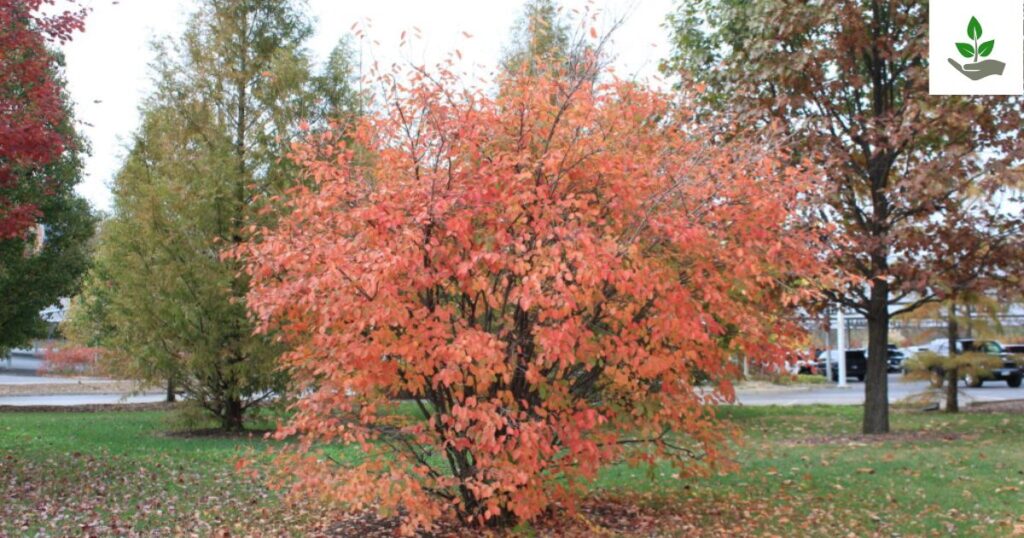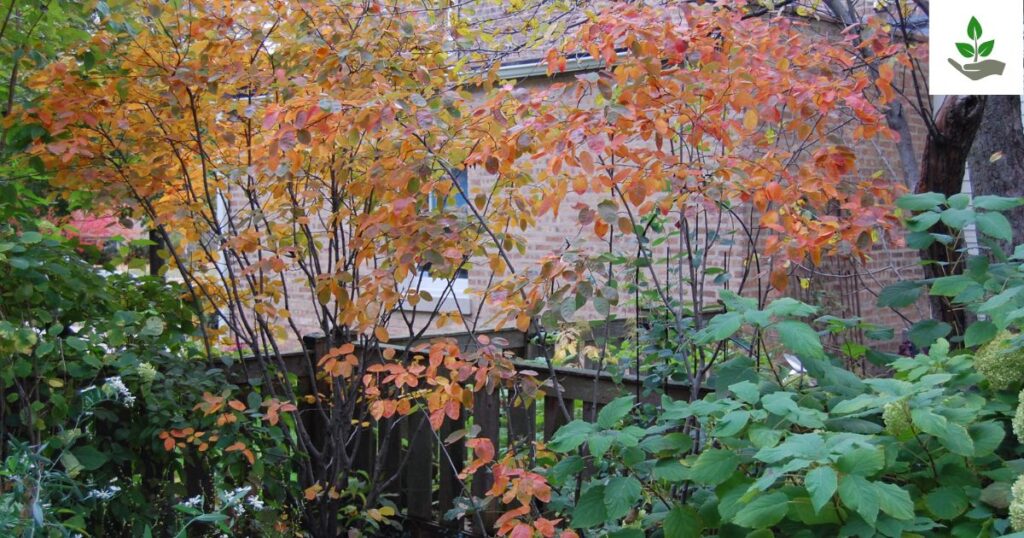Autumn Brilliance Serviceberry Care, Seeds Planting And Benefits
The Autumn Brilliance Serviceberry is an extraordinary display tree that merits a central location in any well planned landscape. This outstanding hybrid is the best of its parent types and it delivers a stunning four season display out of which only a few small trees can compete.
With its dainty white spring flowers, palatable summer berries, vibrant autumn leaves and unusual winter bark. The Autumn Brilliance Serviceberry Care changes the garden year round. Extremely versatile in adapting to a wide range of growing conditions and needing minimal care, this utilitarian tree has many uses in the landscape, from individual specimen tree to natural screen.
For gardeners and landscapers in need of a native North American shrub or small tree that offers wildlife value with unparalleled seasonal interest, Autumn Brilliance Serviceberry is an excellent choice for sustainable, productive garden design.
What Is Autumn Brilliance Serviceberry?
It is a beautiful deciduous small tree or large shrub one of the most valuable cultivars within the genus of serviceberry. The superior hybrid, normally 15-25 feet tall with an equal spread, is the perfect combination of the desirable traits of its parent taxa to produce a four-season landscape plant.

Its multi stemmed upright growth habit produces a beautiful oval to rounded crown with smooth gray bark which will offer winter interest. At the beginning of spring when all the other trees aren’t yet leafing Autumn Brilliance explodes into profusions of sweet starry white flowers that cover the branches making a spectacular show.
Autumn Brilliance Serviceberry History
Autumn Brilliance Serviceberry has an interesting horticultural background as one of the most sought-after of the serviceberry cultivars. This hybrid Amelanchier grandiflora Autumn Brilliance was bred in the late 1970s by nurseryman William Flemer III at Princeton Nurseries in New Jersey based on its excellent horticultural qualities and disease resistance.
The cultivar is a highly bred hybrid of two indigenous North American species Amelanchier laevis Allegheny serviceberry and Amelanchier canadensis Canadian serviceberry that retain the best of each parent.
Developed for commercial sale in the early 1980s, Autumn Brilliance was rapidly adopted by landscape professionals and homeowners alike for its outstanding fall color, profuse flowering, and general hardiness.
Native serviceberry species possess a diverse ethnobotanical past among the North American Indigenous, where the fruits were eaten as food and medicine, and the berries were used in pies by early European colonists earning it the common name Juneberry in some areas.
Autumn Brilliance Serviceberry Seeds
These seeds also need a sophisticated stratification process to overcome dormancy which usually involves 90-120 days of cold stratification and subsequent warm stratification to induce germination. Propagation by seed for true Autumn Brilliance cultivars is seldom practiced since this hybrid will not produce true to type from seed propagation.

Commercial production is instead based on grafting tissue culture or softwood cuttings to preserve the particular ornamental features that make this cultivar so commercially valuable. For people wanting to cultivate serviceberries from seed harvest should be done when fruits are mature, then seeds must be extracted from the pulp washed and stratified correctly before planting.
Autumn Brilliance Serviceberry Planting and growing
Establishment and cultivation of Autumn Brilliance Serviceberry on a successful level demand care during site selection as well as with establishment methods. This small adaptable tree does best in full sun to partial shade with its best flowering and fall coloration occurring in situations that receive 4-6 hours or more of direct sun per day.
Plant by digging a hole twice as wide as the root ball but the same depth and place the tree so that the root flare is slightly above ground level. Following backfilling with local soil make a small basin around the trunk and use 2-3 inches of organic mulch to hold moisture well away from the trunk to avoid rot.
Autumn Brilliance Serviceberry Care
Care of Autumn Brilliance Serviceberry is minimal after the tree is planted and established and it is a wonderful low maintenance element to landscape with. Water regularly for the first two growing seasons giving deep irrigation once every week during dry weather, and then diminish to supplemental watering alone in times of long droughts only.
This versatile tree seldom needs to be fertilized in good soils but in less fertile soils, a light application of balanced slow release fertilizer during early spring can encourage strong growth. Pruning requirements are minimal. remove dead diseased or rubbing branches in late winter when the tree is dormant, not trying to make heavy structural modifications.

Occasionally inspect for problems such as leaf spot rust fire blight or powdery mildew in more humid climates although Autumn Brilliance resists these frequent serviceberry afflictions well. Add a new 2-3 inch application of organic mulch each year to keep the weeds down and the soil moist, always drawing it back away from the trunk.
With these easy maintenance habits, this tough native hybrid will flourish for decades, returning gardeners its dazzling seasonal presentations while demanding much less care than numerous ornamental trees of equal size and presence.
Autumn Brilliance Serviceberry Benefits and Uses

- Four season ornamental value with spring flowers summer berries fall foliage and winter bark interest.
- Wildlife habitat providing nectar for early pollinators and nutritious berries for over 40 bird species.
- Edible berries rich in antioxidants that can be harvested for fresh eating pies jams and preserves.
- Native plant supporting local ecosystems and biodiversity as part of sustainable landscape design.
- Versatile landscape applications including specimen planting, privacy screening, woodland borders and naturalized areas.
- Small footprint suitable for urban yards and spaces where larger trees won’t fit.
- Understory tree thriving beneath larger canopy trees in woodland gardens.
- Rain garden component tolerating occasional standing water once established.
- Disease resistance offering improved performance over other serviceberry varieties.
- Multi-stemmed form creating visual interest even during winter months.
- Mixed border anchor providing structure and vertical elements in garden design.
- Storm resilience with strong branching that resists ice and snow damage.
- Urban tolerance adapting well to challenging city growing conditions.
- Low maintenance requirements needing minimal pruning or special care once established
Autumn Brilliance Serviceberry Tips And Fun Facts

- Ripening indicator: The berries change from red to dark purple-blue when fully ripe and ready for harvest.
- Bird deterrent: Cover branches with netting if you want to harvest the berries before birds consume them.
- Name origins: Serviceberry may come from when frontier funeral services could be held once the tree bloomed signaling thawed ground for burial.
- Alternative names: Also known as Juneberry Shadbush and Sarvisberry depending on regional dialect.
- Cultural significance: Historically important food source for many Native American tribes who used the berries in pemmican.
- Berry taste profile: Fruits have a sweet, mild flavor often described as a blend between blueberry cherry and almond.
- Companion planting: Pairs beautifully with spring bulbs, woodland wildflowers, and native ferns.
- Pollination partners: Plant two serviceberries for better fruit production though individual trees will still produce some fruit.
- Leaf identification: The finely serrated oval leaves emerge with a bronze purple tint before turning blue green.
- Wood properties: The dense heavy wood was traditionally used for tool handles and fishing rods.
- Flower timing: Blooms coincide with the annual shad fish migration in eastern rivers hence the name Shadbush.
- Longevity: Can live 50-70 years with proper care, making it a multi generational landscape investment.
- Winter ID tip: Distinctive slender zigzag twigs with pointed buds help identify it during dormant season.
- Attracting wildlife: Planting near a water source maximizes its appeal to birds and beneficial insects.
- Photo opportunity: The brief but spectacular flowering period typically lasts only 7-10 days each spring
I prefer you to check our other post: Kai Cenat The Rise Of A Streaming Superstar
Conclusions
Autumn Brilliance Serviceberry Care is a great option for gardeners and landscape professionals looking to add beauty to outdoor areas with a genuine four season performer. Its superior qualities, dramatic spring blooms, edible summer berries, superior fall color and distinctive winter shape make it a highly versatile component in almost any landscape environment.
Its tolerance of a range of soil conditions and medium size make it an ideal choice for large estates as well as more limited city spaces. Whether used as a specimen. By adding this outstanding native hybrid to your landscape, you’re making an investment in a sturdy, low-maintenance tree that will delight and bring natural beauty to generations to come.
FAQs
How to prune autumn brilliance serviceberry?
Prune autumn brilliance serviceberry in late winter or early spring before new growth begins, removing dead, damaged, or crossing branches. Focus on maintaining the natural shape while thinning out crowded areas to improve air circulation and sunlight penetration.
Where to buy autumn brilliance serviceberry trees?
Autumn Brilliance serviceberry trees can be purchased at local garden centers, nurseries, and specialty landscape suppliers, as well as from online retailers like Monrovia, Nature Hills Nursery, and Fast Growing Trees. For best quality and selection, visit dedicated tree nurseries in early spring or call your local extension office for recommendations of trusted suppliers in your area.
How fast does autumn brilliance serviceberry grow?
The Autumn Brilliance Serviceberry typically grows at a moderate rate of 1 to 2 feet per year. It can reach a mature height of 15 to 25 feet.
Thanks For Reading…







